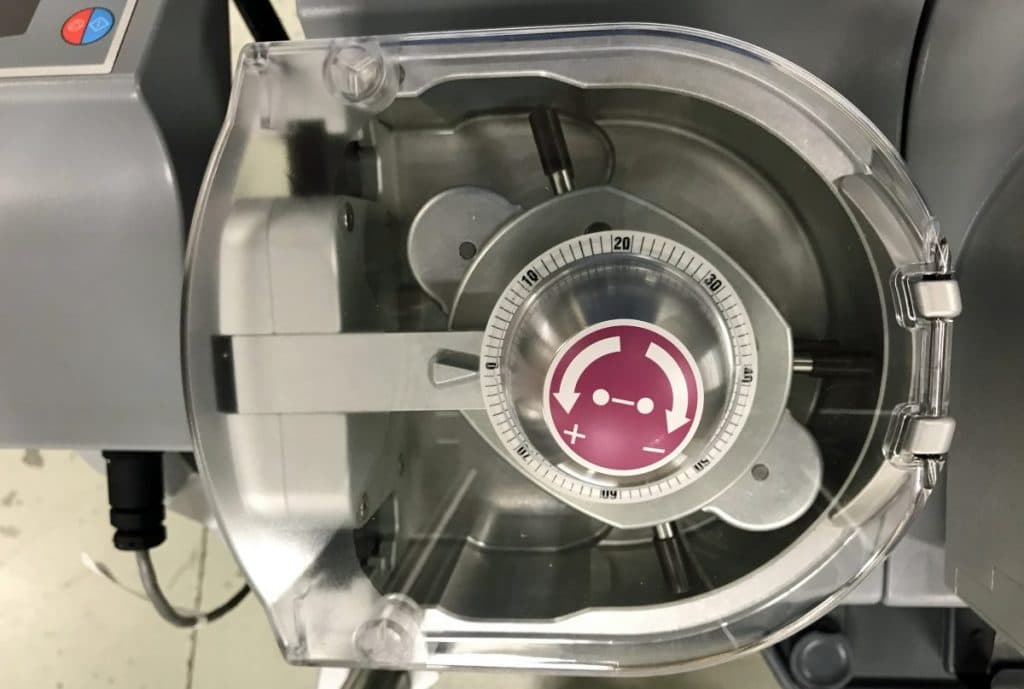Does Standardizing Extracorporeal Circuit Design for Cardiopulmonary Bypass Affect Outcomes? Results from a National Perfusion Registry

Standardization of clinical practice is an effective means of reducing unwanted variation and improving safety. There are numerous extracorporeal circuit (ECC) designs in clinical practice which both complicates the conduct of cardiopulmonary bypass (CPB) and increases costs, especially in situations where clinicians may conduct perfusion at more than one center. The current study was undertaken to determine the effect of standardizing ECCs by incorporating new generation devices as part of a pack enhancement project (PEP). Standardization of ECCs in cardiac centers within a national perfusion provider was undertaken to incorporate new generation oxygenators to reduce variation and improve safety among clinicians. The PEP was carried out in adult centers performing cardiac surgery across America. Data were analyzed for 12 months before the change and compared with those of an equal time thereafter. The outcome measures were ECC prime volume, hematocrit (HCT) drift, and transfusion of intraoperative red blood cells (RBCs). The transition time frame took just less than 12 months and included soliciting input from end-users, pack redesign, and education and implementation. Before the PEP, 91 hospitals used 47 different ECC configurations, which was reduced by 83.0% to eight packs. Regression analysis comparing outcomes between PEP and non-PEP patients showed statistically significant but subtle changes. The net prime volume increased slightly in the PEP group (733-750 mL, p < .001), whereas RBC transfusions did not vary, and the PEP group had a small reduction in nadir HCT (28.0 vs. 27.5, p < .001) and HCT drift (-9.6 vs. -10.25, p < .001). A concurrent analysis of 50,135 patients not in the PEP conducted over the same time period showed no change in RBC transfusions. Although small changes in the net prime volume and transfusion rates were seen with the standardization of ECCs, the primary benefit of this initiative was the increased familiarity and continuity of circuit design across sites.
